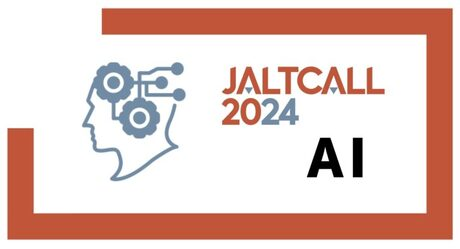Speaker
Description
This pilot study explores learners' perceptions of corrective feedback in digital foreign language learning tasks within a Learning Management System (LMS) as complementary tools in Spanish as a Foreign Language courses. While previous research (Li & Vuono, 2019) has extensively examined teacher corrective feedback in oral and written contexts, there is a lack of research on automated corrective feedback in digital learning environments.
A series of studies (Sheen, 2020) has suggested that corrective feedback can draw learners' attention to specific formal incorrect structures of the target language they are acquiring, promoting error awareness and language development. However, the options for corrective feedback in H5P interactive activities within LMSs have limitations in effectively informing learners about the nature of mistakes. Most default feedback forms provide explicit feedback by displaying a green check mark for correct responses, and a red X for incorrect ones. To address this limitation, this study investigates how implicit feedback forms in digital language learning environments can enhance learners' error reflection and potentially develop metalinguistic awareness. Previous corrective feedback studies (Klimova & Pikhart, 2022) have not extensively examined digital educational environments or considered learners' perceptions and preferences regarding explicit and implicit automated feedback.
The current study examines the types of automated feedback provided in beginner-level Spanish as a Foreign Language digital activities at a university in Hong Kong. Questionnaires are used to collect data on learners' perceptions of automated feedback. Preliminary results indicate that students often struggle to understand simple explicit corrective feedback provided for grammar forms in H5P tasks. Therefore, there is a need for tailored feedback options in digital language learning activities. We will also introduce examples of learners' preferred reformulated digital feedback. Understanding learners' perceptions and preferences enables educators to optimize feedback approaches in digital learning platforms, ultimately improving language learning engagement and outcomes.
| Keywords | corrective feedback, digital learning, LMS, H5P, learner perception |
|---|

